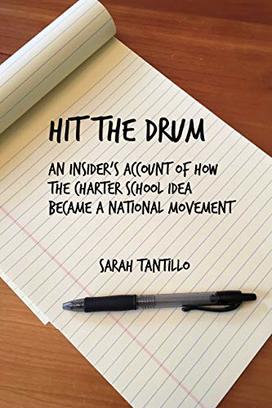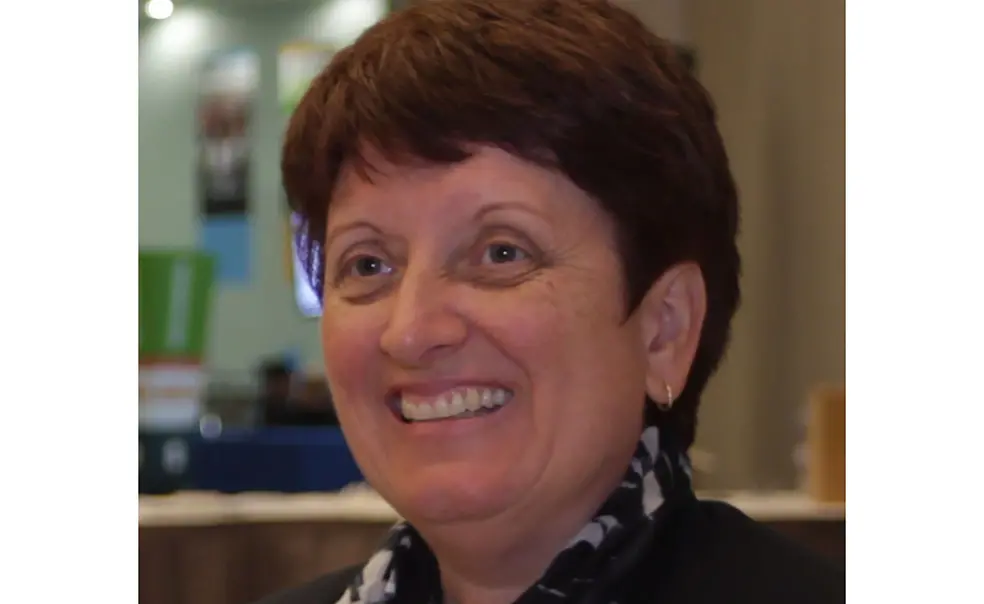Sarah Tantillo ’87 Charts the Rise of Charter Schools
The book: Since the first charter-school law was passed in 1991, almost 7,000 charter schools have opened across the country, enrolling 6 percent of U.S. students. While still a minority in the educational space, the oft-controversial public-school arrangement has implemented radically different methods of teaching than traditional schools, and have seen tremendous growth in communities across the United States.
In Hit the Drum: An Insider’s Account of How the Charter School Idea Became a National Movement (BookBaby), longtime charter school teacher Sarah Tantillo ’87 features the people and schools that led the expansion of charter schools, and the societal impact they’ve made. While focused on the victories of charter schools, Hit the Drum is nevertheless a detailed history of the movement and its growth.
The author: Sarah Tantillo ’87 taught high school English and humanities in suburban and urban New Jersey public schools for 14 years, including seven years at the high-performing North Star Academy Charter School of Newark. She now consults on literacy instruction in K-12 schools.

As the Coordinator of the New Jersey Charter School Resource Center, I had spent the past year helping the schools’ founders. They had countless questions: How do we reach out to parents? Who should be on our board? Can we turn an old factory into classrooms? How can we convince students to come? How will we bus them? What do we feed them? How can we order desks and chairs and books and pay teachers without any money up front? Can someone please give us a grant? We had all been running at a full sprint for months.
So it was with great eagerness and curiosity that I drove to Newark to visit North Star Academy Charter School on the day it opened.
At first it didn’t seem like much. I arrived shortly before noon, and co-founder Norman Atkins — in a shirt and tie with his sleeves rolled up — stood surveying the large multi-purpose room, where 72 fifth- and sixth-graders, a sea of green polo shirts and khaki pants, sat at long folding tables in half of the room, eating lunch. “We gave them cake,” Norman said with a sheepish grin, “to celebrate the birth of the school.” He shrugged, probably sharing my thought that giving the kids so much sugar might have been a mistake. But as we looked around, no one seemed too hyped up. Several teachers, along with co-founder Jamey Verrilli, were circulating and giving students quiet directions about how to clean their tables. Each table had its own bucket and sponge.
All morning, Norman informed me, students had been in classrooms learning about the four Core Values: Caring, Respect, Responsibility, and Justice. He showed me the one-page document that each student had received, the Core Values pledge.
Now they were going to have their first Community Circle.
Reviews: “Sarah Tantillo, a teacher and early force for school reform in New Jersey, has written a groundbreaking narrative of the birth and blossoming of the charter school movement, particularly the most stressful part of it. She introduces us to many unsung heroes and heroines all over the country, most of them teachers, who decided public schools independent of bureaucratic school districts could do a much better job raising the achievement of impoverished children. If you have time for only one book on charter schools, this is it.”
-Jay Matthews, Washington Post education columnist












No responses yet